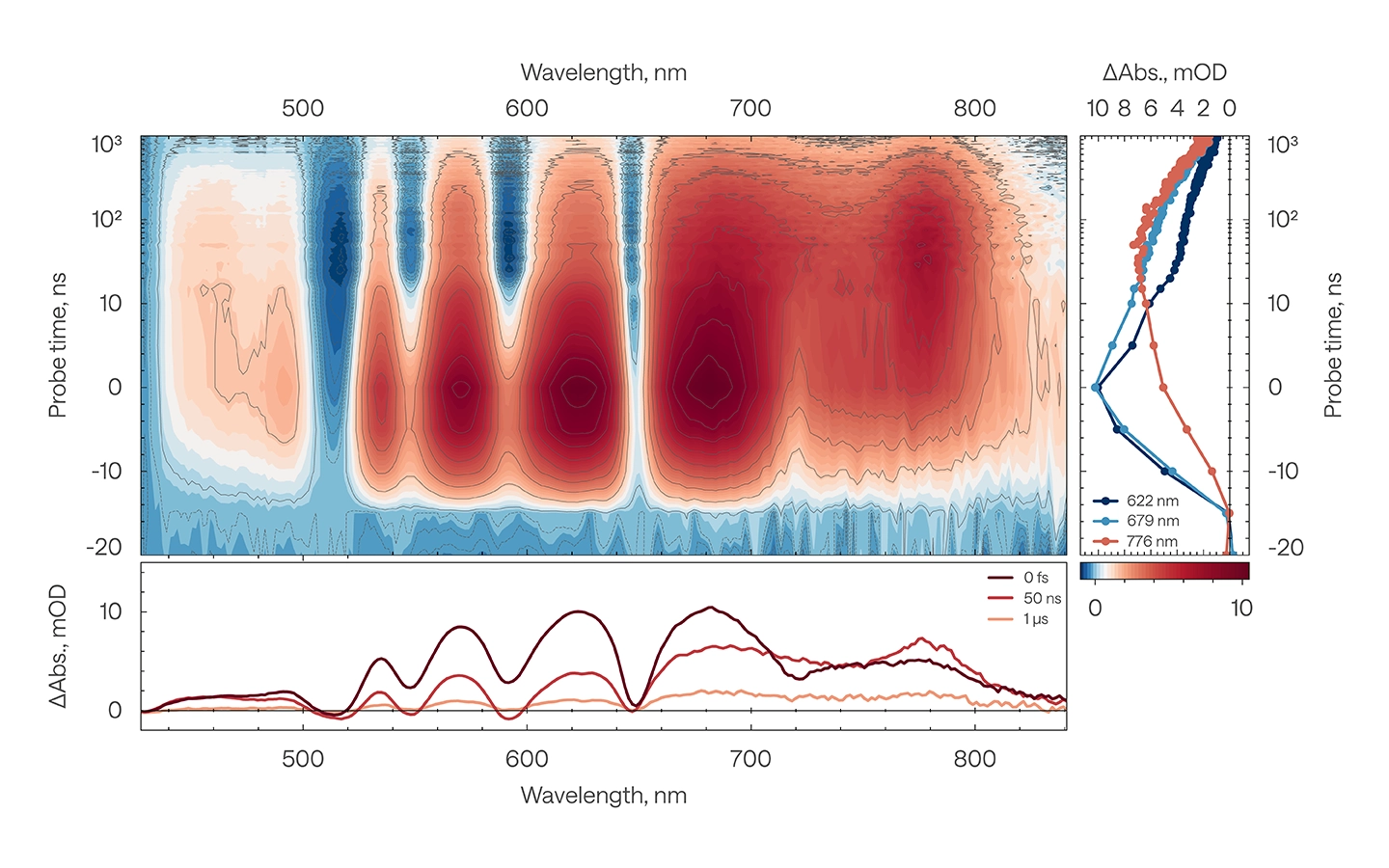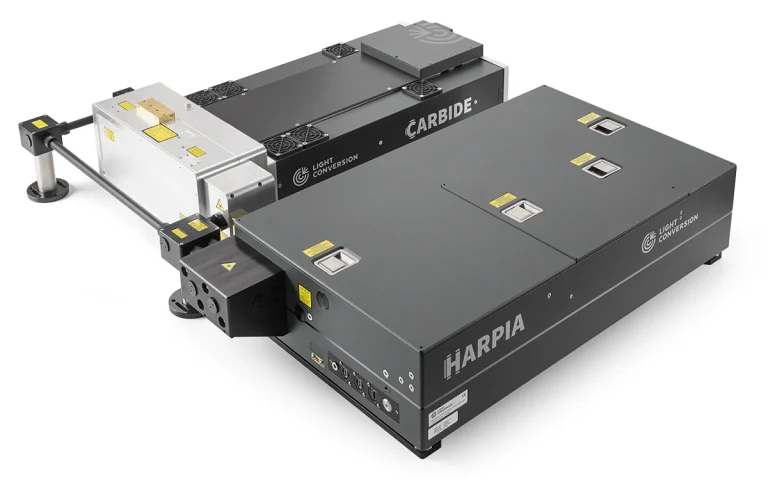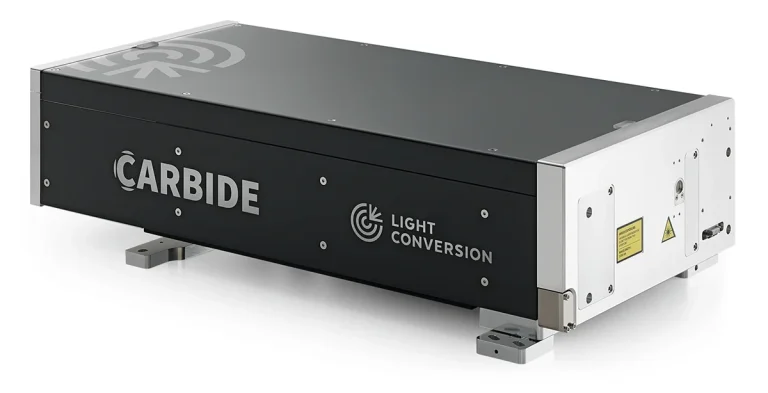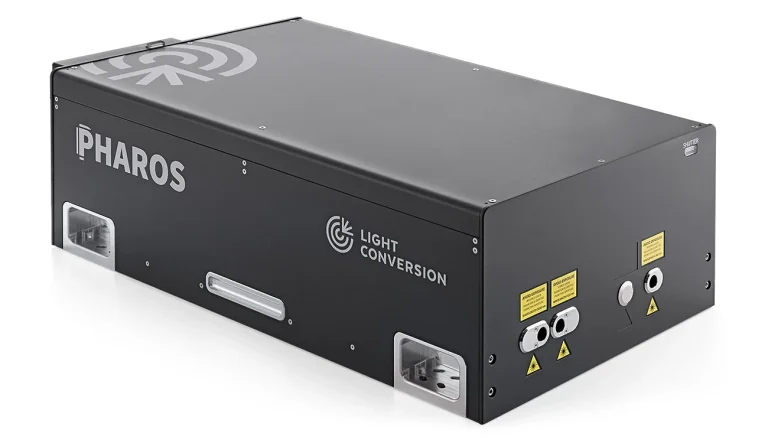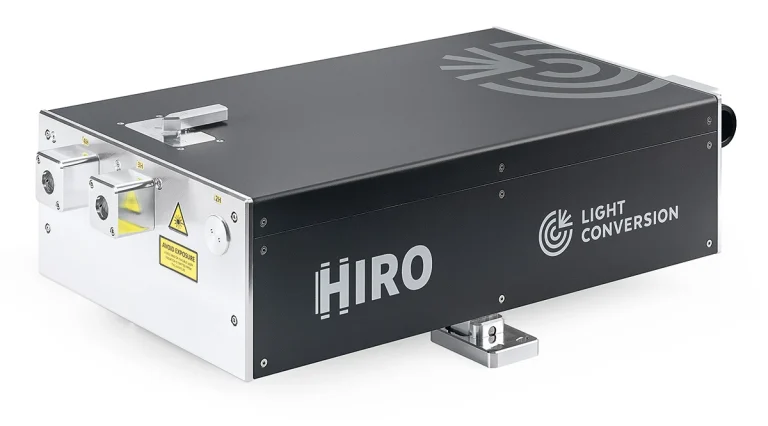闪光光解
闪光光解实验旨在测量分子系统的长寿命态,广泛用于研究有机分子、聚合物、纳米颗粒、半导体中的光诱导过程,同时也用于研究光合作用,以及植物和其他生物系统中的光诱导构象变化。
闪光光解的原理与飞秒瞬态吸收(TA)实验类似,但它的延迟范围在纳秒至微秒级。在飞秒瞬态吸收实验中,泵浦脉冲与探测脉冲之间的延迟是通过移动机械延迟台来调节的,而在闪光光解实验中,延迟的探测脉冲来自电子触发的外部探测激光器。
HARPIA-TA 光谱仪提供可选的闪光光解扩展模块。凭借 CARBIDE 和 PHAROS 激光器卓越的光学稳定性、电子抖动的降低以及对实验数据的细致分析,该模块能够以低于 10 ns的时间分辨率进行信号测量。
相关期刊
Extremely Low Threshold Quasi‐CW Amplified Spontaneous Emission Achieving and Its Mechanism Study
Y. Li, S. Ying, L. Xia, X. Zhang, X. Qiao et al.
Advanced Optical Materials • 2024
2D matrix engineering for homogeneous quantum dot coupling in photovoltaic solids
J. Xu, O. Voznyy, M. Liu, A. R. Kirmani, G. Walters et al.
Nature Nanotechnology • 2018
闪光光解
相关期刊
相关产品
闪光光解
